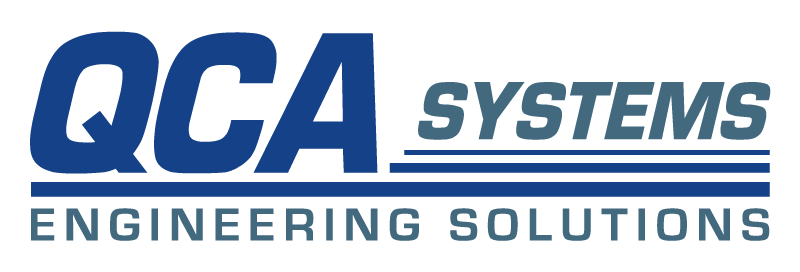QCA Systems | 2017
Problem
Neptune was recording flagging events using a paper-based process that made it difficult to ensure information was accurate, up-to-date, and available to those who needed access to it. Furthermore, Neptune was in the process of installing a set of signals at the entrance to their rail yard, and were looking for a means to enable remote control by rail traffic coordinators.
Solution
An Information System (IS) was implemented that includes an intranet web app serving as the front-end UI, and back-end services to perform signal control via integration with Neptune's industrial system. Flagging events are viewed and managed from a map-based interface, thereby making it easy to understand the scope of a given flagging event, and how movement within the rail yard is restricted. Rail signals are intuitively controlled from an interface that includes a dynamic graphic of the rail signal board in the field.
Notable aspects of this project include:
- Implementation of an intranet web app consisting of a front-end React/TypeScript client and back-end ASP.NET Core API,
- Creation of a customized mapping base layer using OpenStreetMap, for a clean, map-based interface that includes important reference points at Neptune, but excludes extraneous details,
- Leverage geospatial analysis libraries for intuitive definition of flagging event geometries,
- Integration with industrial automation system to support concurrent control of rail signals from the web app UI (remotely) and in the field (locally).
Interface 48 delivered this project in collaboration with QCA Systems.
